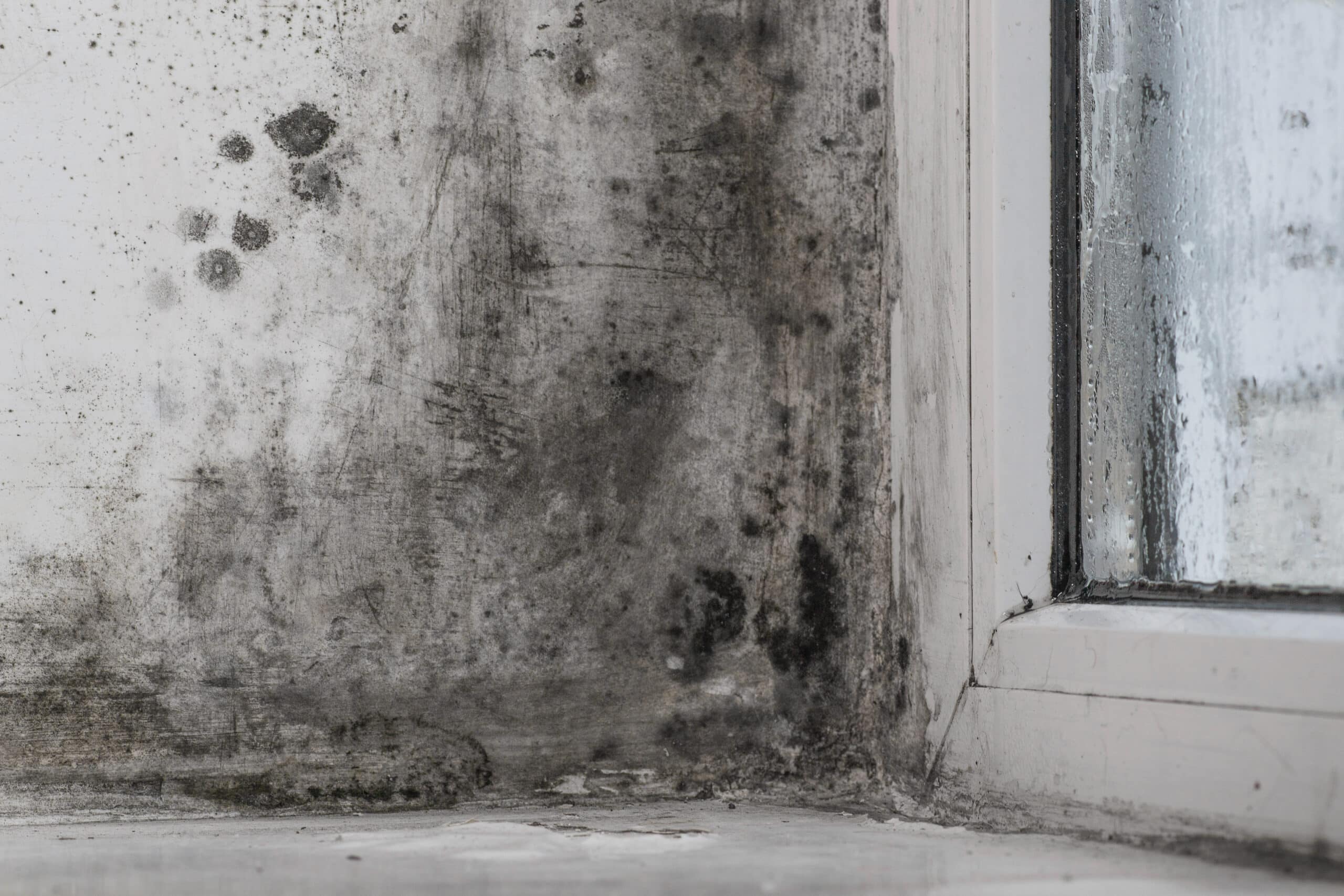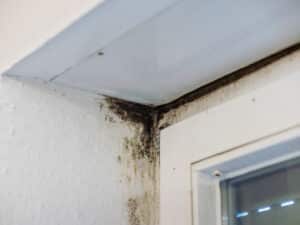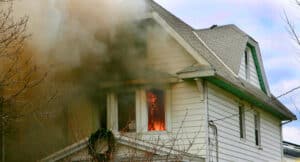
Mold inside the home is more than a maintenance concern. It can present real health risks if not properly addressed. In Austin and surrounding Central Texas communities, where humidity and seasonal temperature changes are common, mold growth can occur quickly and spread unnoticed behind walls, under flooring, or inside HVAC systems. Understanding how mold affects health and taking the necessary steps for professional remediation helps homeowners maintain safe and healthy indoor environments.
The Science Behind Mold Toxicity and Indoor Exposure
Mold produces microscopic spores that travel through the air and settle on surfaces throughout a home. When inhaled, these spores can cause irritation and trigger allergic reactions. Certain types of mold also release compounds known as mycotoxins, which can contribute to more serious respiratory or immune system problems if exposure continues over time.
The effects of mold exposure vary depending on the level of contamination and a person’s sensitivity. Individuals with asthma, allergies, or weakened immune systems are often more affected and may experience stronger or prolonged symptoms.
How Mold Exposure Affects Your Health
Because the symptoms of mold exposure are similar to those of common respiratory illnesses, many homeowners may not initially recognize mold as the cause of their symptoms. However, prolonged exposure can impact multiple systems in the body.
Respiratory symptoms: Persistent coughing, sneezing, or nasal congestion; chronic sinus infections; shortness of breath.
Allergic reactions: Itchy or watery eyes; worsening asthma or seasonal allergy symptoms.
Fatigue and headaches: Ongoing tiredness, brain fog, or recurring headaches.
Skin irritation: Redness, itching, or rashes that worsen indoors.
If these symptoms lessen when you spend time away from your home and return, mold contamination may be affecting your indoor air quality.
How Mold Develops and Spreads in Texas Homes
Mold thrives in environments where dampness and organic material are present. In homes in Central and South Texas, it often develops after roof leaks, plumbing issues, or condensation in enclosed spaces.
Common problem areas include:
- Bathrooms, kitchens, and laundry rooms
- Attics, basements, and crawl spaces
- Around HVAC systems or air ducts
- Beneath the flooring or carpet after water damage
Even small, unnoticed leaks can create ideal conditions for mold to develop within 24 to 48 hours. Once it begins to grow, spores can circulate through the air and spread to other areas of the home.
Professional Mold Removal in Central and South Texas
Long-term exposure to mold can cause ongoing irritation and health complications, which makes complete removal essential. Professional remediation eliminates spores and toxins that affect air quality, ensuring the source of dampness is corrected to prevent future growth.
At W.B. Arthur, we use certified containment, HEPA filtration, and air purification methods to safely remove mold and restore healthy indoor air. Our specialists serve homeowners across Austin, Bee Cave, New Braunfels, San Antonio, and the greater Central and South Texas region.
If you suspect mold is affecting your home’s air quality, contact W.B. Arthur for professional inspection and remediation services today. Our certified professionals are dedicated to restoring safe, mold-free living environments for Texas families throughout the year.



